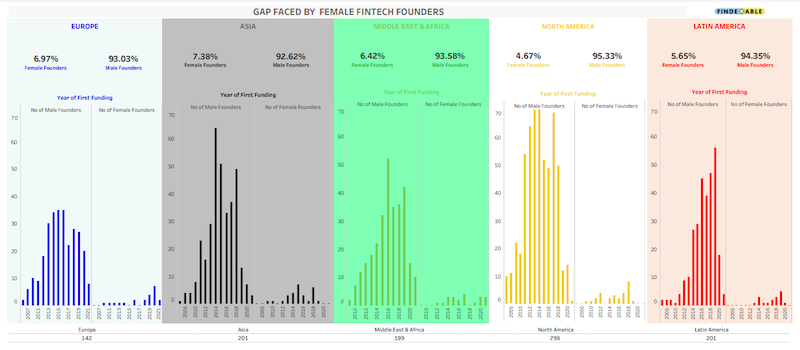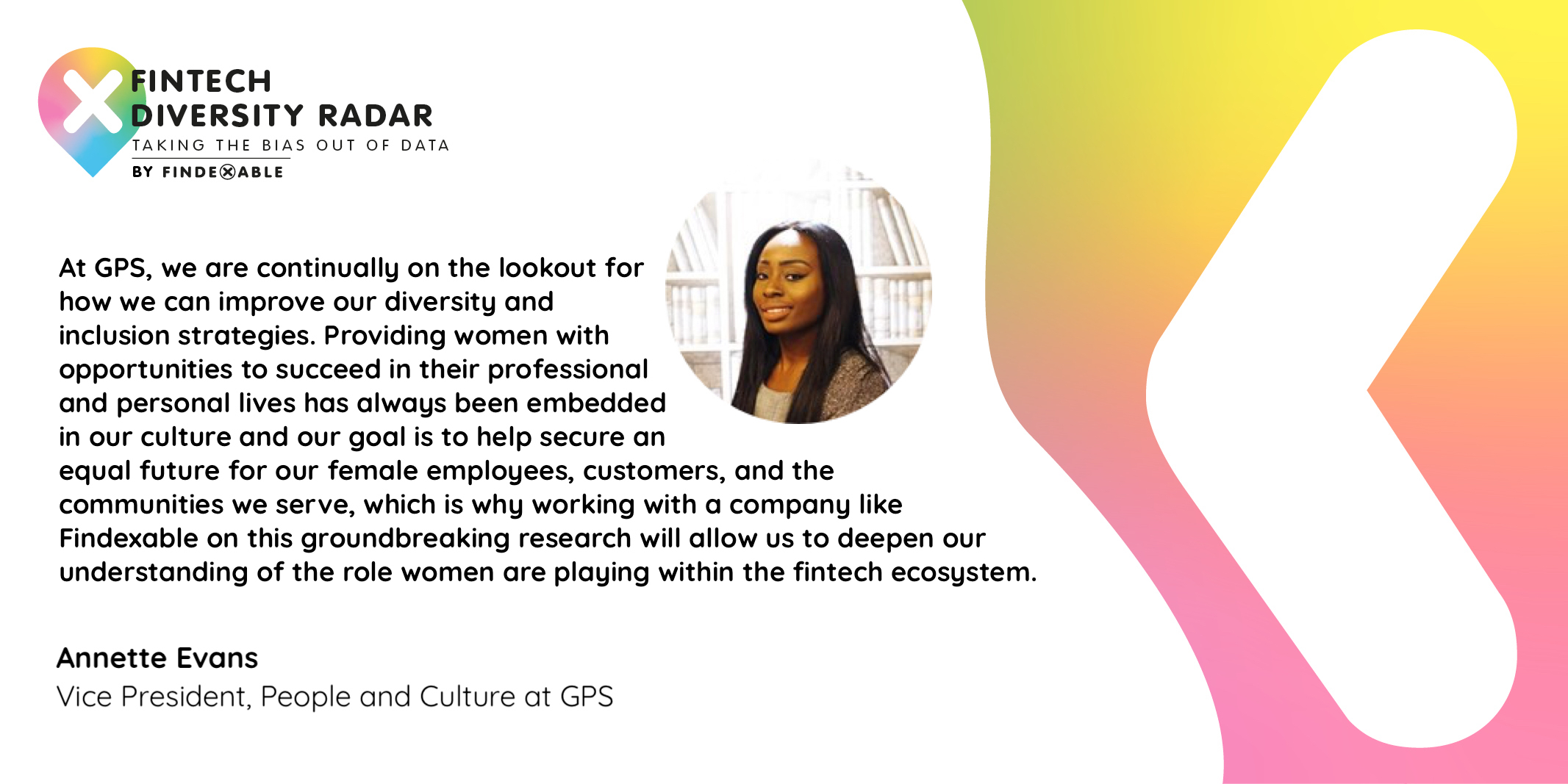Actionable Advice for Company Culture Change
Make it specific to fintechs
Company culture may feel like a vague thing that you can’t define, but it plays a huge part in employee satisfaction and retention. Culture is shaped by the attitudes, behaviours and values of an organisation, but also the environment it exists within. Striving for good company culture is not just a morally important pursuit, but it makes great business sense. A healthy environment will help to attract and retain talent and be most conducive to company goals.
Fintechs are no exception to this. Defining a global benchmark for optimum company culture is tricky, given that there is such variation in organisational structure, size and goals. However, this doesn’t mean you can’t begin to implement an effective diversity and inclusion strategy. This is a big task. So where do you start?
Anette Evans, Vice President for People & Culture at Global Processing Services, says that to change company culture, you first need to know what the exact issues are. Listening to your employees is key here, Evans says. GPS legitimised this, by hiring an external company, HR Rewired, to help them work on diversity issues. Through this, GPS launched a ‘listening forum’, starting with black employees. They set it up so that management couldn’t talk, only listen. “Without that listening forum, I don’t think we would have been able to get to the bottom of where we feel some of the key areas for development are,” Evans told findexable.
Figuring out the root of the issue is crucial; they may differ for each company, and specifically defining the problem allows you to craft better solutions. Once you have figured out the issues, you have to ensure this will come with structural change. For example, GPS has been creating ‘returnship’ roles for people coming back from parental leave, which can help people to assimilate back into an alien environment. Furthermore, Evans suggests ensuring that the language in job advertisements caters to underrepresented groups. “If a job looks like it will involve a lot of pressure and time commitment then it can look daunting to women who have kids, for example,” Evans explains.
Are we minding the gap? The founder gap in fintech firms

Source: Fintech Diversity Radar, findexable 2021
When we talk about company culture, we can often focus too closely on the company as a solitary organism. The fact is, internal company culture is also shaped by the wider society it functions within. This means that the definition of what is good or bad – and also the steps you must take to improve – will vary between regions.
This challenge is specifically pertinent to fintechs, who often work internationally, with offices or investors dotted across the globe. GPS is no exception. Evans explains that promoting positive diversity in this instance is tricky, as management needs to balance promoting GPS’s culture of diversity with respecting local cultural differences. To do this, they are careful in selecting the heads of region that work within those countries. “The heads of regions that we’ve got across the world need to know exactly what our culture is, what our values are, what we stand for, and they have to align these values to the culture as a whole,” Evans says.
“What we don’t want to do is stand back, so instead we have a delicate approach. It needs to be done with the understanding that there is going to be that cultural difference. But as long as you are committed to seeing a change, you can navigate working with the employees that have maybe a different mindset about working with women.”
In other words, management, ambassadors or diversity leaders need to be prepared for a potential lack of awareness surrounding discrimination. Deborah Abi-Saber is NuBank’s Global Head of Diversity & Inclusion and People Support. She’s based in São Paulo, Brazil, where most of Nubank’s workforce is based. Just five years ago, Deborah explained, there was a belief that there was no prejudice against black people in Brazil. This, she continues, isn’t the case. This does, however, show how trying to implement diversity programmes may come up against some resistance.
“I think the biggest challenge [we’ve faced in improving company culture] is how you minimise the gaps between your internal representation,and the actual representation of the society you are there to serve,” Deborah said. While 53% of Brazil’s population are black or brown, only 23% of Nubank’s employees are. Further, more than 50% of the population of Brazil is female, and internally it is 43%.
The second challenge, she explains, is being able to measure not only the diversity but also inclusion – how people are feeling inside of the organisation.
Usually, company culture change happens slowly. In some instances, it can be triggered by a crisis. This is what happened with NuBank, which didn’t have a diversity policy until it was forced to. People were shocked by what had happened, which meant it was easy to get people on board with the diversity goals.
Despite this receptiveness, there were still some uncomfortable conversations to be had. Companies need to talk to “previously privileged” men, Deborah urges. “We started to conduct conversations involving men, especially men, and telling them why it is offensive to say and do certain things. We started role-playing so they can understand what a woman faces, and why it’s sometimes harder for a woman to succeed than a man.
Here, Deborah is touching on the idea of unconscious bias, something she notifies as a key barrier to getting women into senior roles.
Preeti d’Mello, the Global Head of Diversity and Lead Academy at Tata Consultancy, agrees that our biases form a barrier to the growth of a healthy, inclusive company culture. Tata Consultancy runs an overall diversity policy with particular goals and programs for six areas, gender, ethnicity, LGBT, disability, age and country. They are organized under three pillars: representation, enablement and engagement. It also launched an initiative; “allies of diversity”, which brings people together to discuss and lead the way to new projects.
Bringing people together to have honest conversations is a key part of improving diversity and inclusion. As Preeti explains: “[Our] culture is either sitting on the scale of privilege or loss of privilege. Each one is trying to assert itself, which is why there is this little war going on in the hearts and minds of people. In the workplace, this means we have to be very active and conscious in how we engage with culture.”
Sian Bradley

